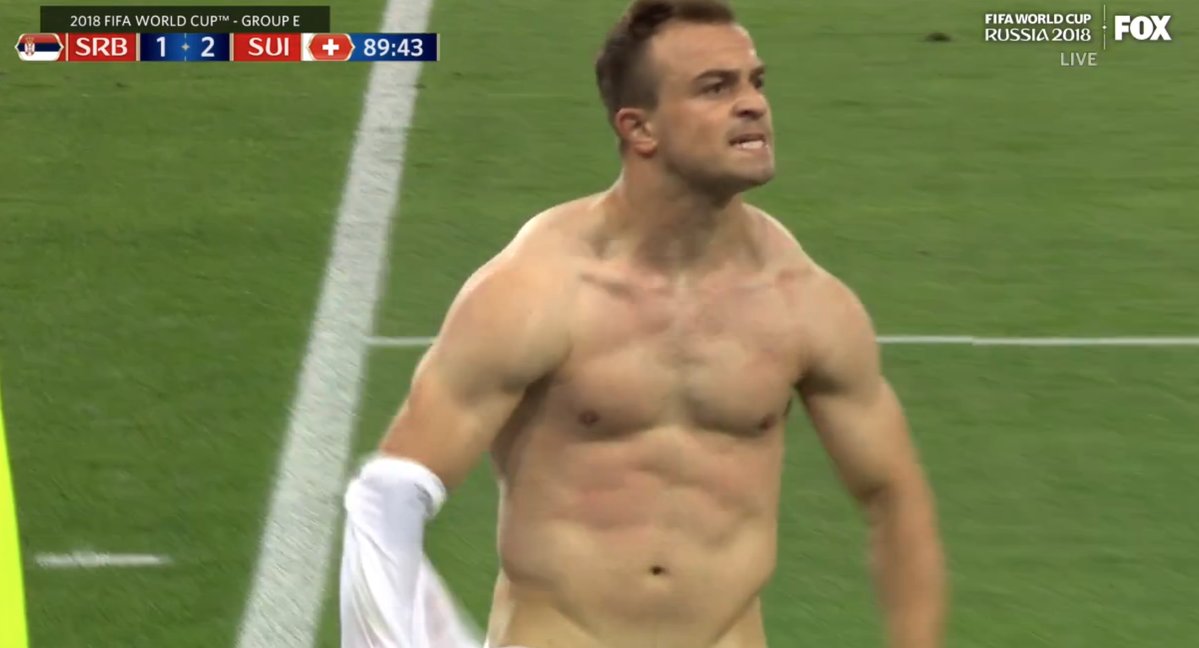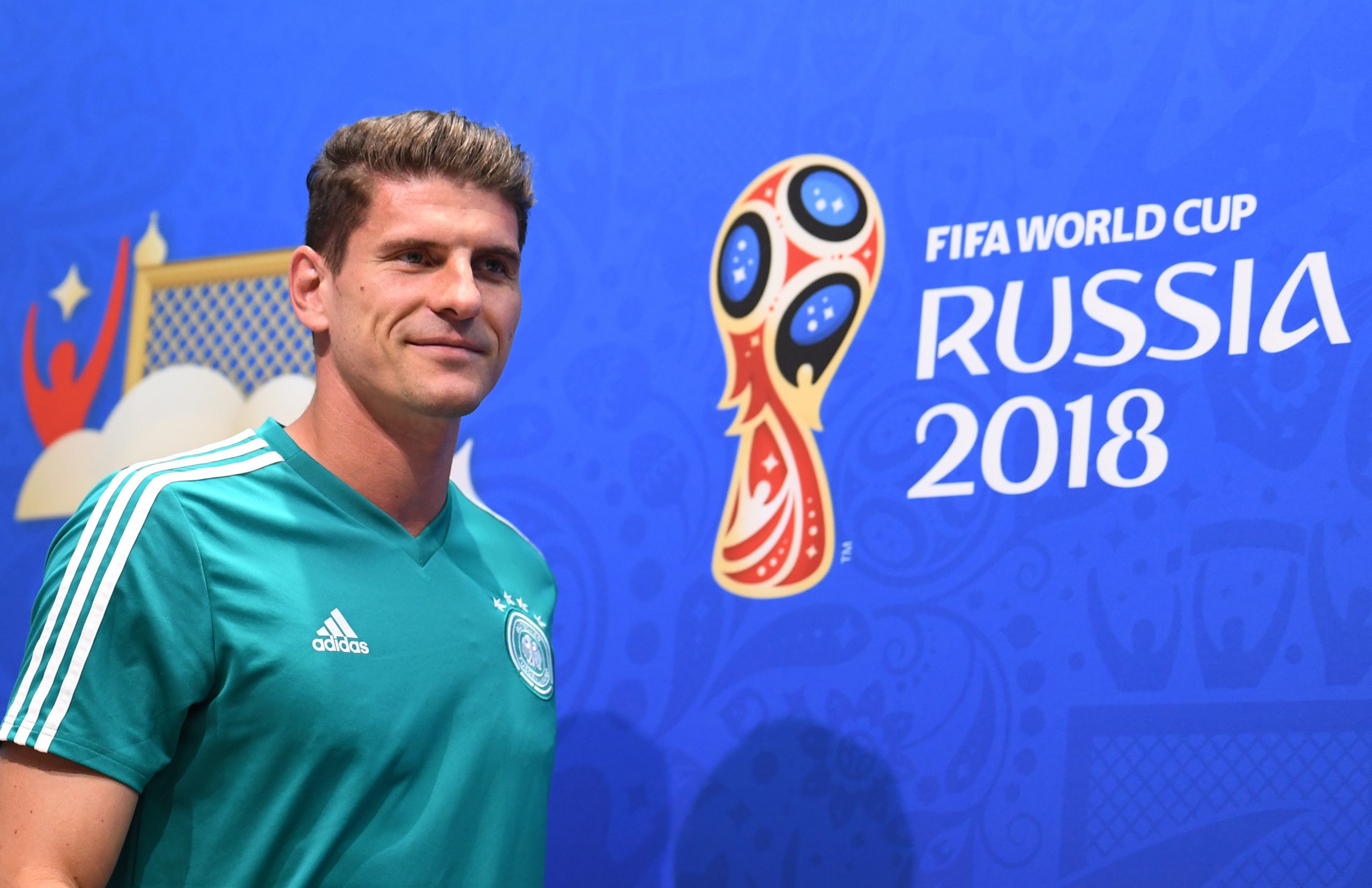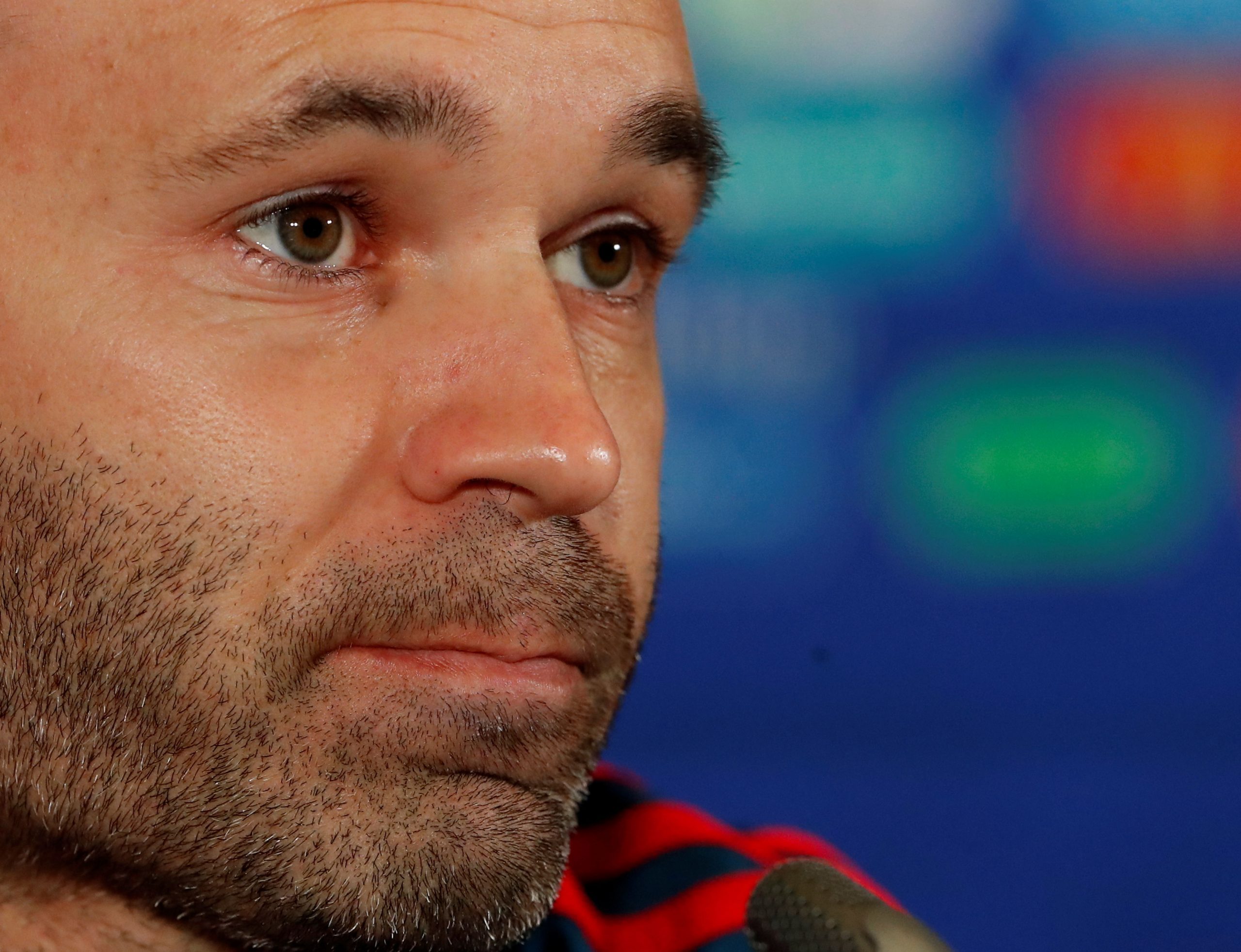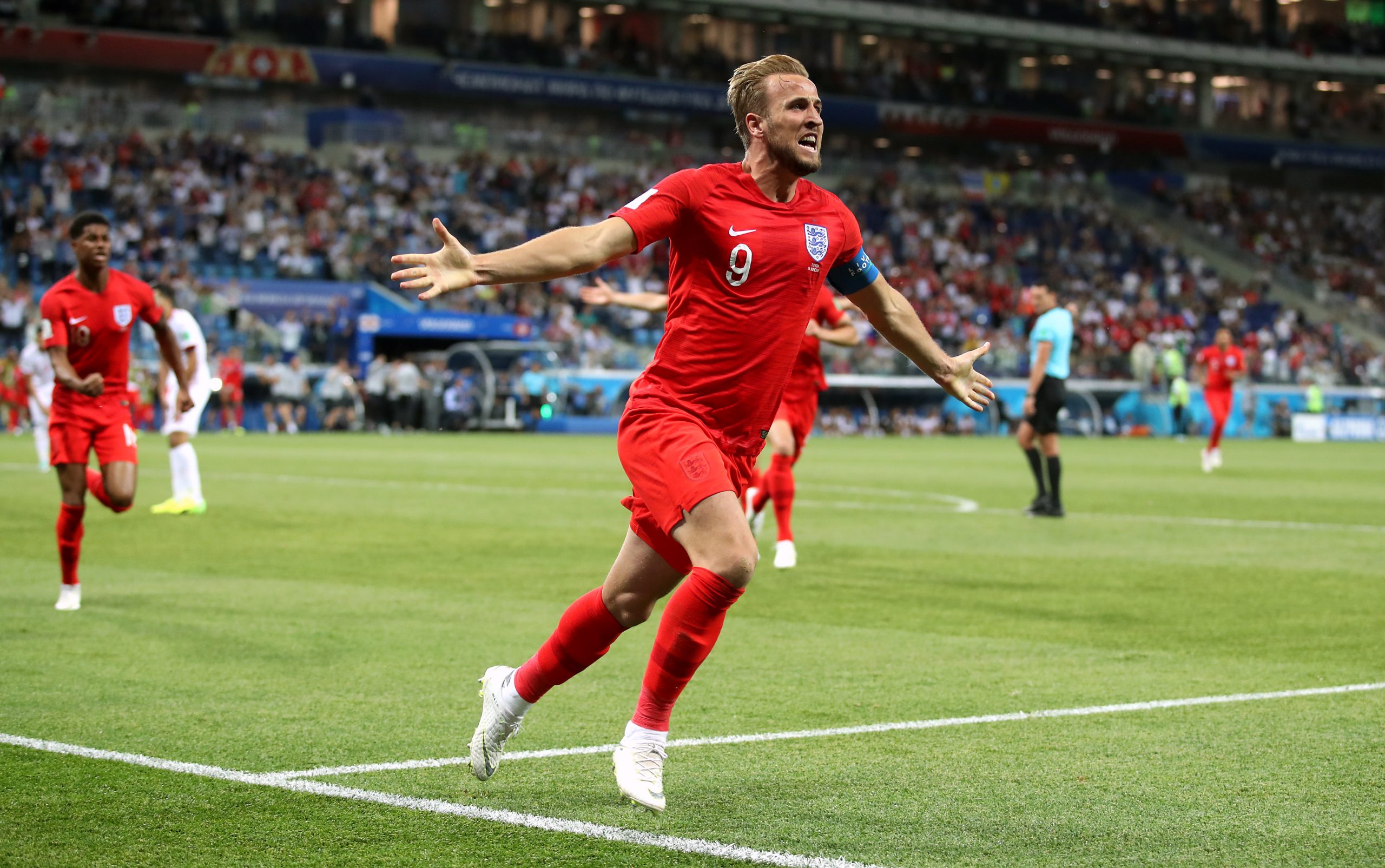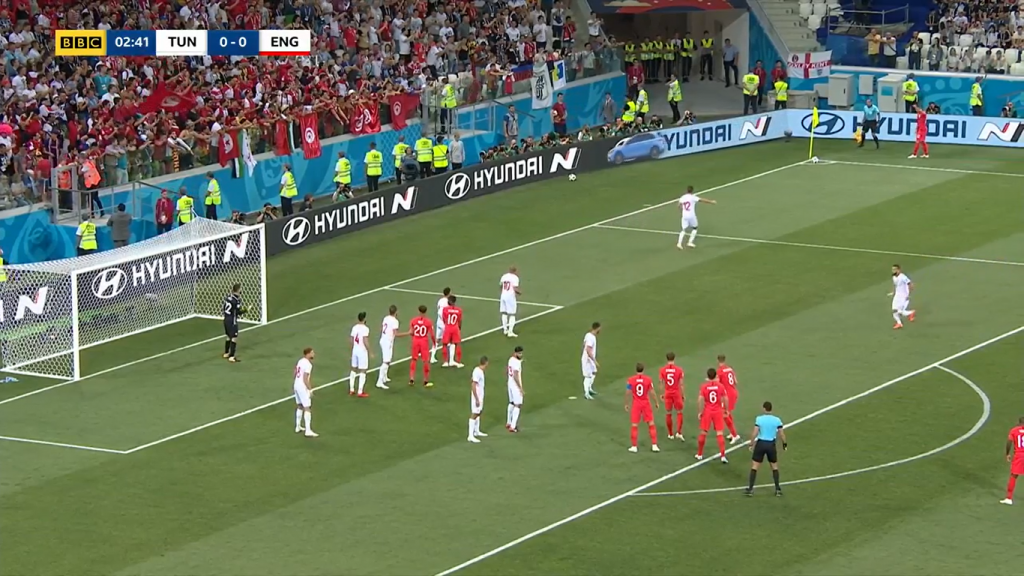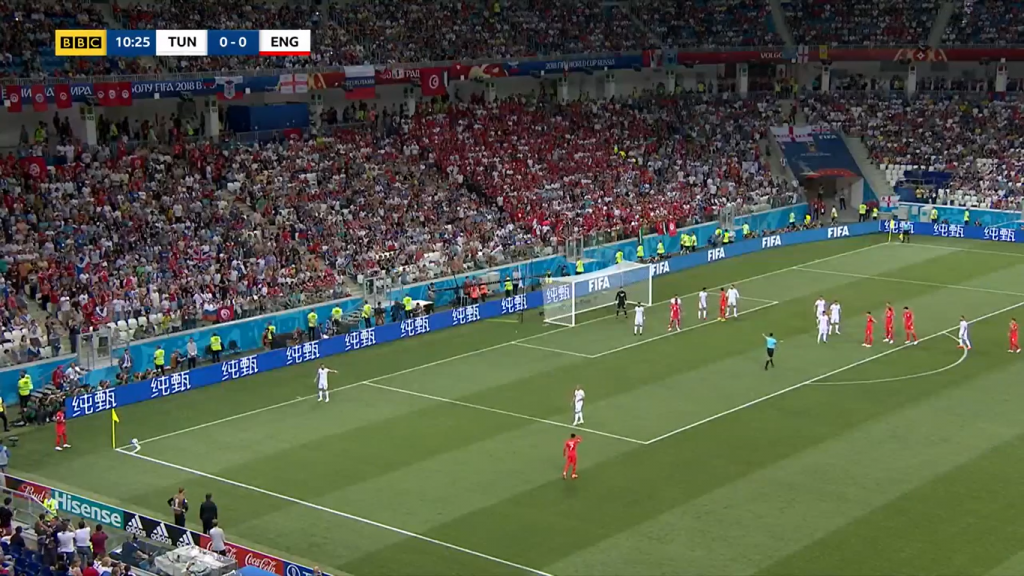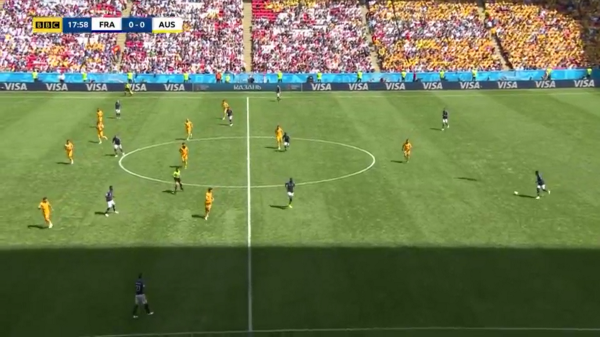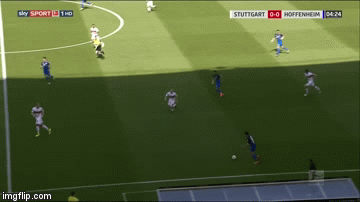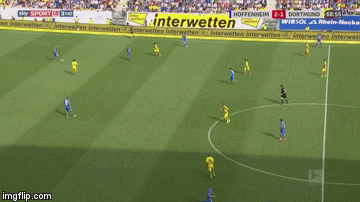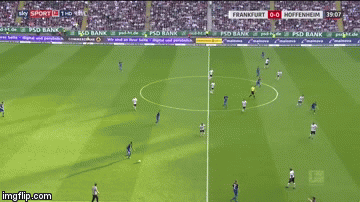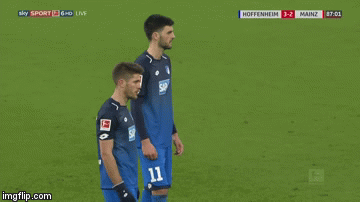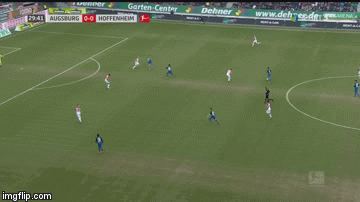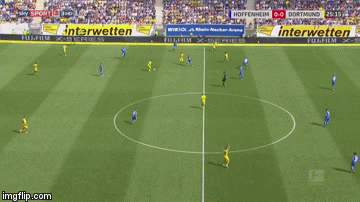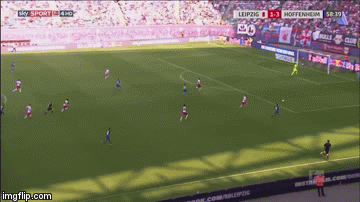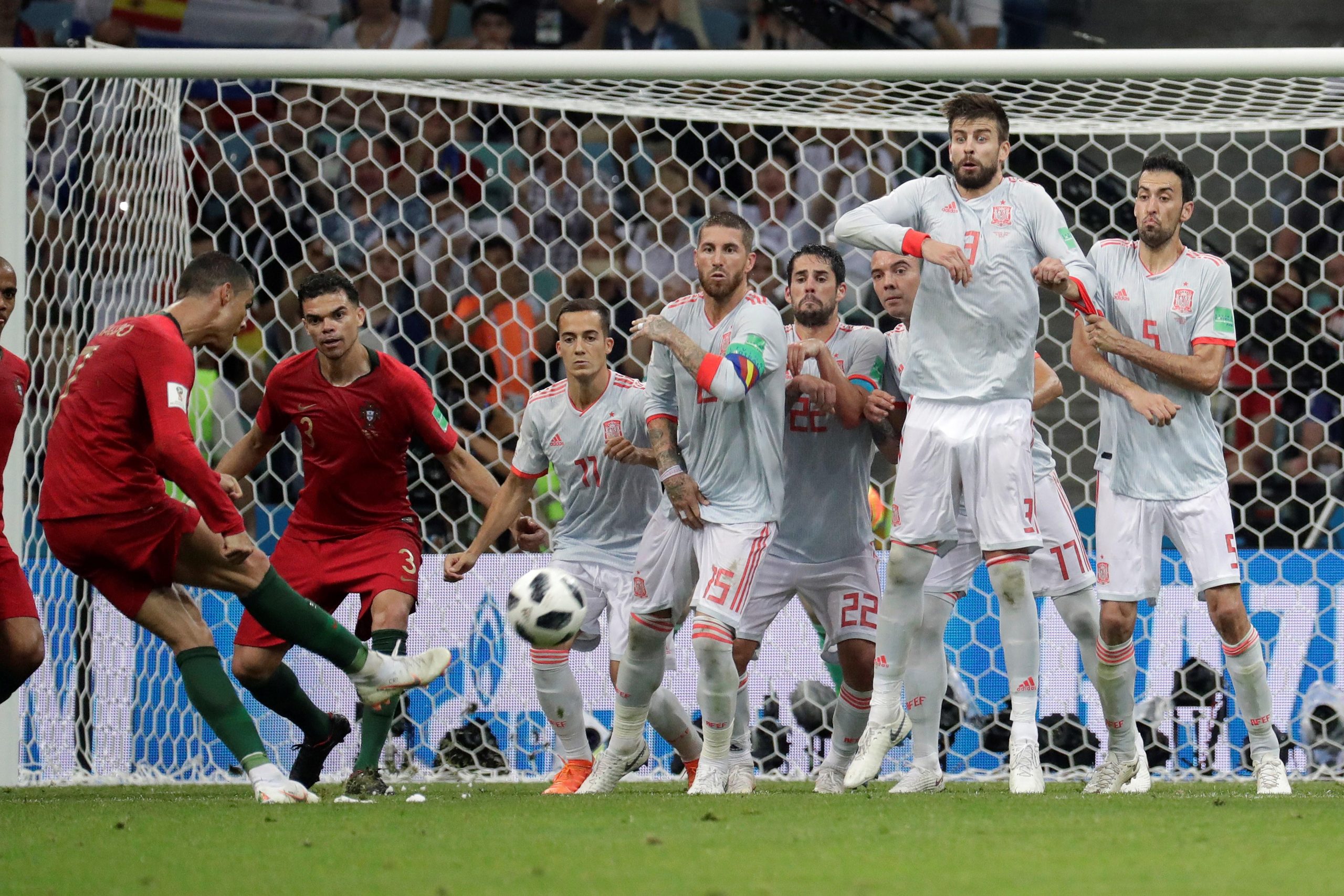The World Cup is upon us. FIFA's glorious international smorgasbord, where every day throughout the group stage, fans are treated to an incredible array of matches. Some, like Spain vs Portugal, are incredible. Others, like Croatia vs. Nigeria are mostly inedible, but you don't know that until you have already eaten it, so it is part of the fun. Plus, there's always more to gorge on tomorrow!
Long-time StatsBomb fans know that we are advocates of set pieces.
I have written two major pieces on this, the first discussing why it seems to be a big hole in the game, and the second with more a focus on market dynamics, and how much cheaper it would be to generate additional goals via improved set piece coaching than trying to buy the same improvement in a forward. We also developed and maintain an ongoing Set Piece Program as part of our consultancy work for teams at the club level and for international federations.
Usually, set pieces account for 25-33% of all goals scored in a league. They almost never account for that amount of training time or resources. That percentage seems to jump a bit in international tournaments because teams are more risk averse, leading to fewer open play goals, but similar numbers of set pieces. Thus far in the 2018 World Cup, set pieces account for right around half of the goals. Presumably this will slow down a bit, but I thought it would be fun to break down certain elements that stood out for me thus far.
Ronaldo's Changing Technique
Ronaldo's generally used a knuckleball technique on free kicks for years now, to very mixed success.
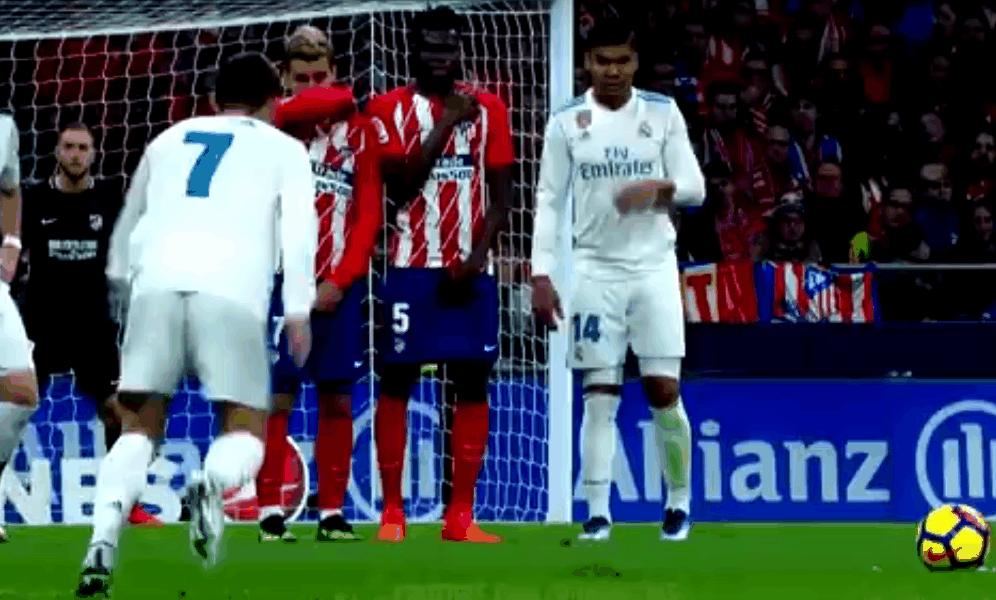
This technique is useful for flighting the ball from range with very little spin. It makes it easier to hit it hard, but depending on the characteristics of the ball and the wind, not always that easy to hit the target because the ball can move in unexpected ways. However, when it comes down, it can descend hard and fast. And "unexpected" isn't always bad, because it causes problems for GKs as well. Prior to his goal against Spain that made it 3-3, he'd apparently had zero success in his last 45 attempts from direct free kicks.
As Ronaldo was lining up the kick, Danny Murphy said on English commentary that he didn't think he could get the ball over the wall and back down again. That seemed a bit silly, because good takers can easily get the ball back down from 22-23 yards, but maybe less so with the knuckler? Let's face it, Ronaldo just hasn't been great at free kicks for a while.
Hence I was surprised to see this.
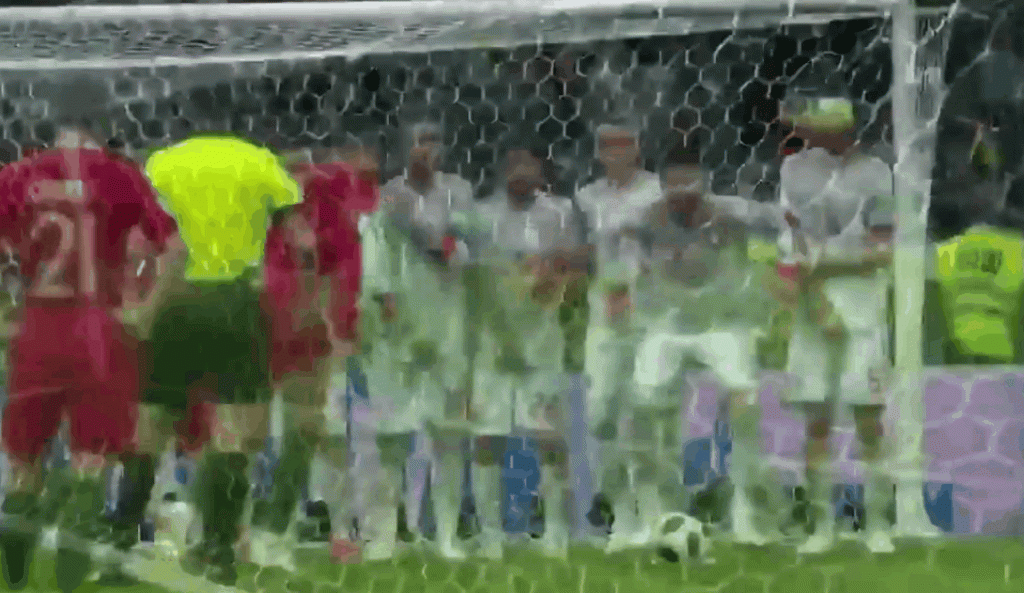
Side foot, gorgeous top and side spin, perfect placement. BOOM! 3-3. Portugal didn't even set up a screen to help block the goalkeeper's sightlines - Ronaldo's free kick was just that good. However, the difference in technique is notable. Professional golfers constantly work on their swing to keep adjusting to the changing reality of their body, and also to work through current problems.
In this case, it's like Ronaldo put away his driver for once and picked out the 8-iron instead. There is no reason this can't and shouldn't happen in football, and it was really cool to see Ronaldo change up technique based on circumstances. Speaking of free kicks...
GK Screens
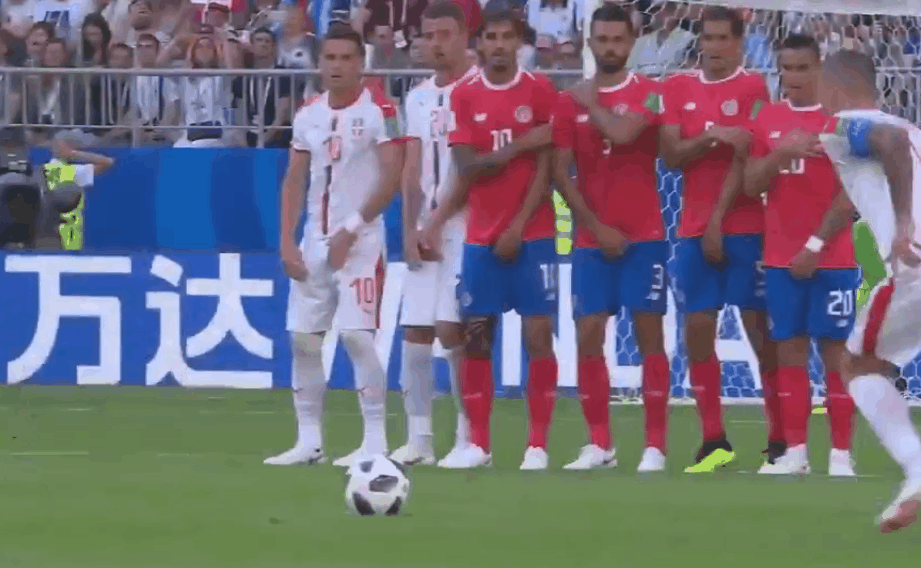
I don't know how Kolarov hits that so hard and with so much spin in what looks like an easy motion, but that's his gift. Unlike on Ronaldo's kick, Serbia do send two players out to the wall to help mess with the keeper's vision, and it looks like it may have had a small effect. Check out the double hop from the GK as he sets his feet to save (admittedly easier to see in the video highlights).
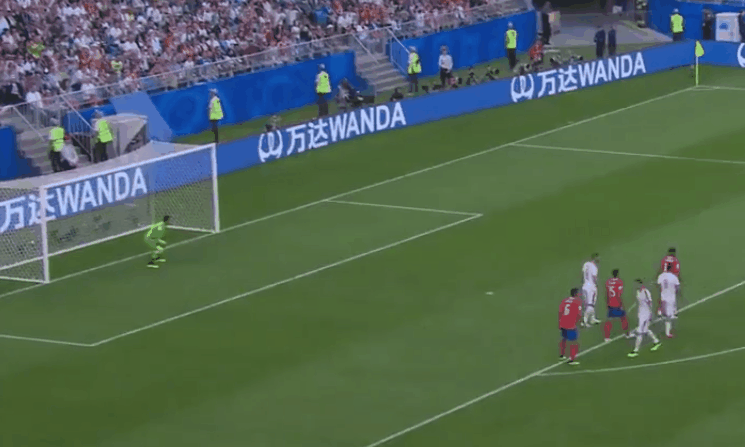
Now the extra screen may or may not have had an impact on when the GK saw the ball, but there's a good chance the keeper was unsighted until the very moment that ball came over the wall, which is a big edge. This is what you'd expect to see and why you do it. GK reaction time = space to hit the target where he can't make the save. He has to reset his feet a second time before he picks up the flight of the ball and make a leap. Maybe it was unsaveable, but good process is good process and deserves noting. (Note: I discussed GK screens a lot more here.)
Read Plays
Diego Costa's second for Spain was very interesting. First of all, this is normally (and correctly) a direct shot on goal.
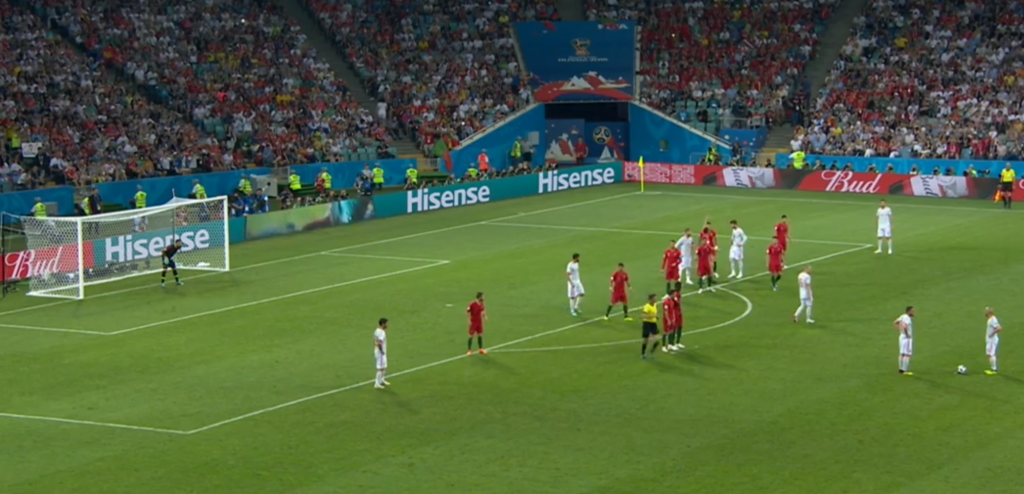
Usually you line a bunch of guys up with the wall, someone whacks the bejesus out of it, and a small percent of the time, it's a goal, and once in a very rare while you get a lucky rebound. Spain didn't do any of that.
Look at the formation of the Spanish players above.
They have split two players very wide here on a free kick from dead central. Why? David Silva does what American sports generally call a "read", analysing who is matched up against each of the wide players, looking for a potential mismatch. In this case, he sees Busquets at 1.89m matches against Guedes at 1.78.
(Watch the video just before he takes the kick and you can see him glance again to look toward Busi.)
This triggers the floated wide ball, where Busquets is more likely to beat his man and win a header back down into the center of the box, which can then be cleaned up by whichever runners manage to get clear of their man (in this case it was Diego Costa and Gerard Pique). If neither wide player is mis-marked, Spain can either take the DFK, or restart the possession normally.
All of this is based on the kick taker's analysis of the situation. It's a clever way of testing the opposition understanding of the strengths and weaknesses of your team, and building variation into identical formation setups. All it takes is one screw up to yield a goal, and the vast majority of football matches are decided by one goal alone. Thus far in this World Cup, a remarkable amount of those goals have come from set piece situations.
Now if you'll excuse me, I have so many more games to watch.
Ted Knutson @mixedknuts ted@statsbomb.com (Header image courtesy of the Press Association)
